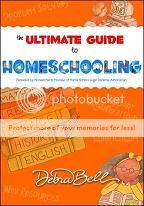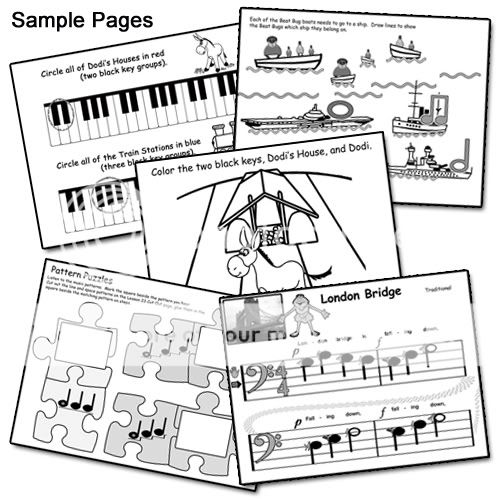Today after our lessons my Schnickelfritz decided to put on a magic show for me. Fritz has been fascinated with magic since he was called up as a volunteer at a library sponsored magic show. The magician used his red shirt to "wipe" the red off his wand, changing it to a black wand. Fritz was only five but he walked around the rest of the day looking at his shirt and asking "How did he do that."
Then came the Masked Magician on television. Learning how the tricks were done did not seem to sway his enthusiasm for the art. When our co-op announced a talent show for the end of the year, Fritz and I decided on a magic act and magic became a part of our curriculum.
Now our classes are nothing like Harry Potter. We found a video at the library on the Science of Magic--it covered optical illusions, perception/ perspective, a dabble of psychology. We've found a lot of "mental magic" tricks really have math principles as their base and you know how much Fritz likes math.
He dazzled me by having me select any 4 digit number, then rearrange those 4 digits to form a new number. I subtracted the smaller number from the larger and multiplied the result by a third, entirely new 4-digit number. This gave me an 8 digit answer (I was using a calculator). I read the number off to him but purposely left out one of the digits. He was able to tell me what that digit was almost instantly, having never known what my original numbers were or anything. Now magicians never give away their secrets so I can't tell how he did this, but maybe you can find the EZMath Tricks DVD at your library.
Of course he days have some purchased magic tricks as well. He loves his cups and balls. And I found a great trick on ebay for beginners called "Block Escape" which is the trick you see him performing here.

The wooden blocks are all held in place with a dowel

Two blocks of my choice "magically" melt through the dowel
If you have a child interested in magic, I'd suggest you visit The Magic Nook. I've never met these gentlemen, but they appear to work with underprivileged children using magic to boost self esteem and provide on alternative to joining a gang. They make their own magic props with hardboard, duct tape, and items from the dollar store. You can buy directions for building and performing their tricks individually or in sets of ten. (Look for tricks marked with asterisks as they easy for kids to build and perform). According to Professor Spellbinder "As far as educational benefits [of magic], don't forget that besides building the props, the young magician has to acquire public speaking skills to present the tricks. Magic is a performing art like drama, but it can also involve direction following, reading and writing, art and design, etc."
So for us magic is just another way homeschooling can be fun.












